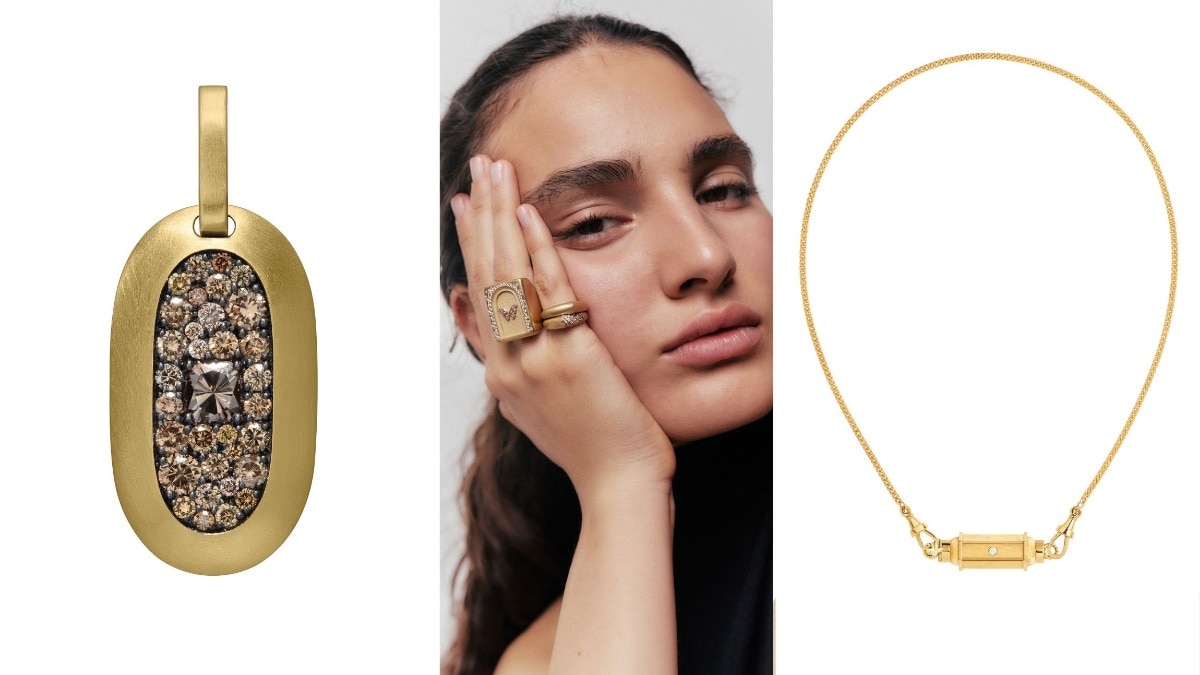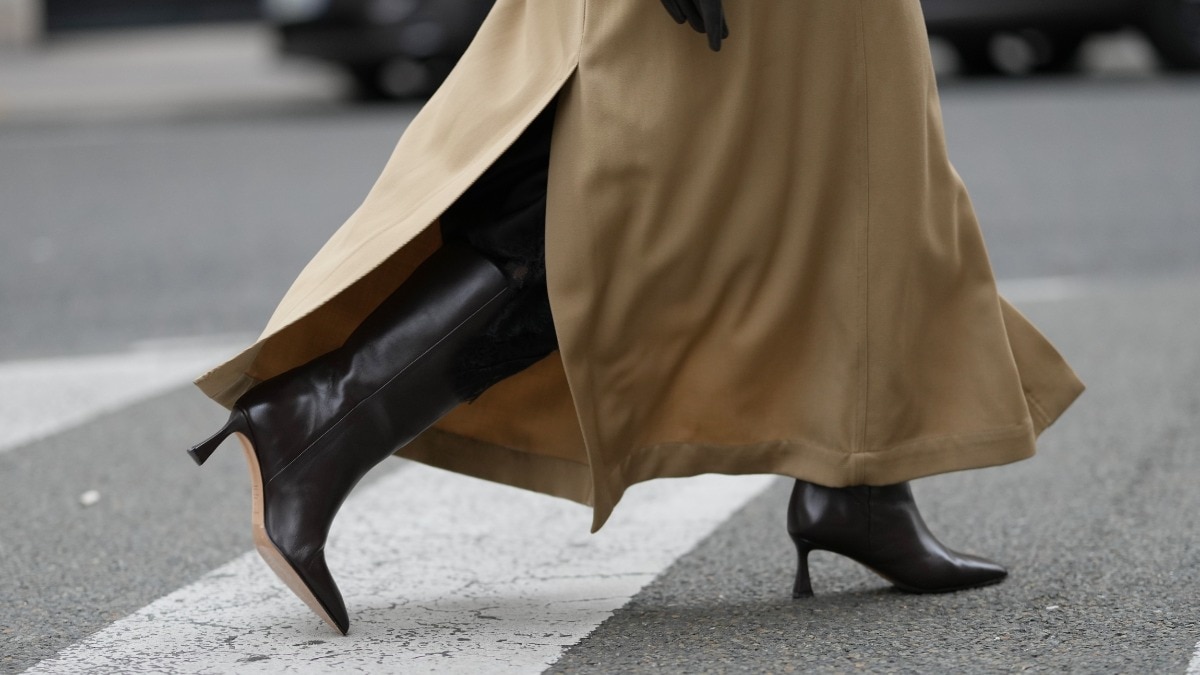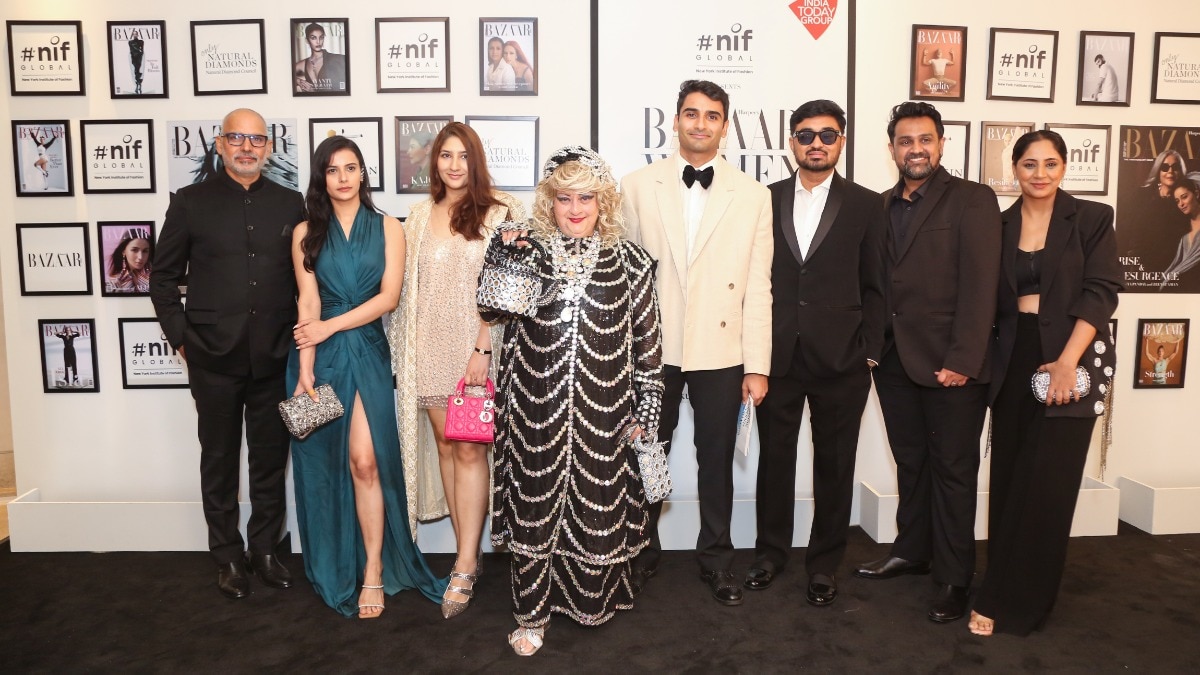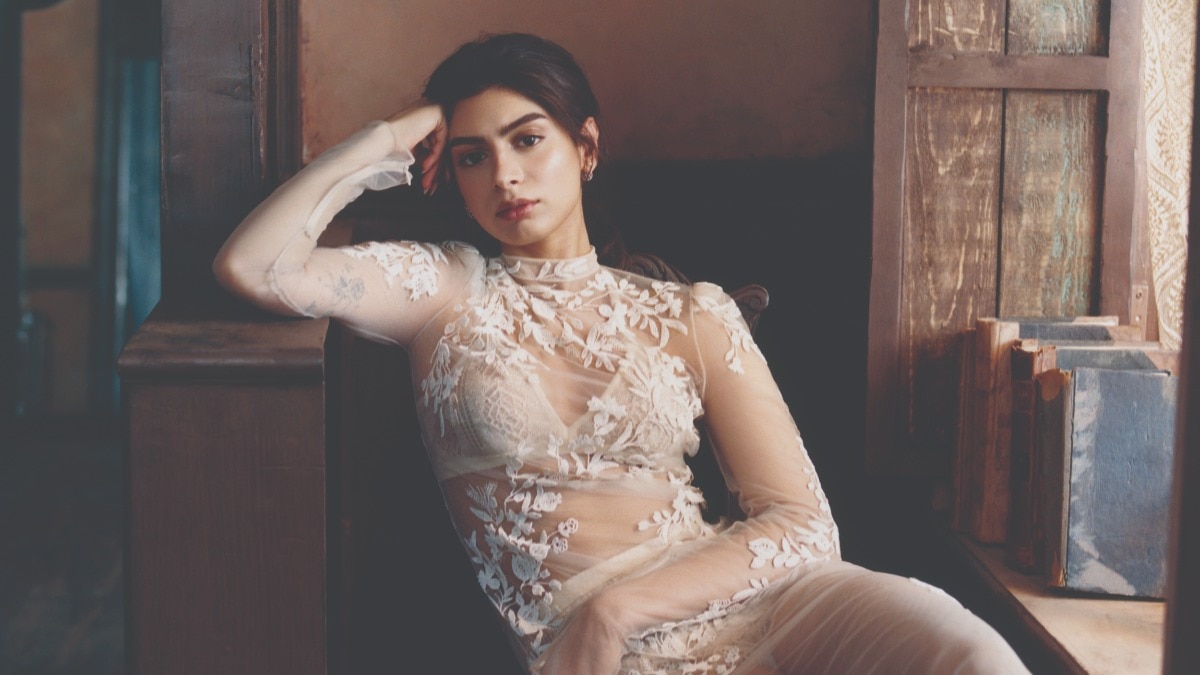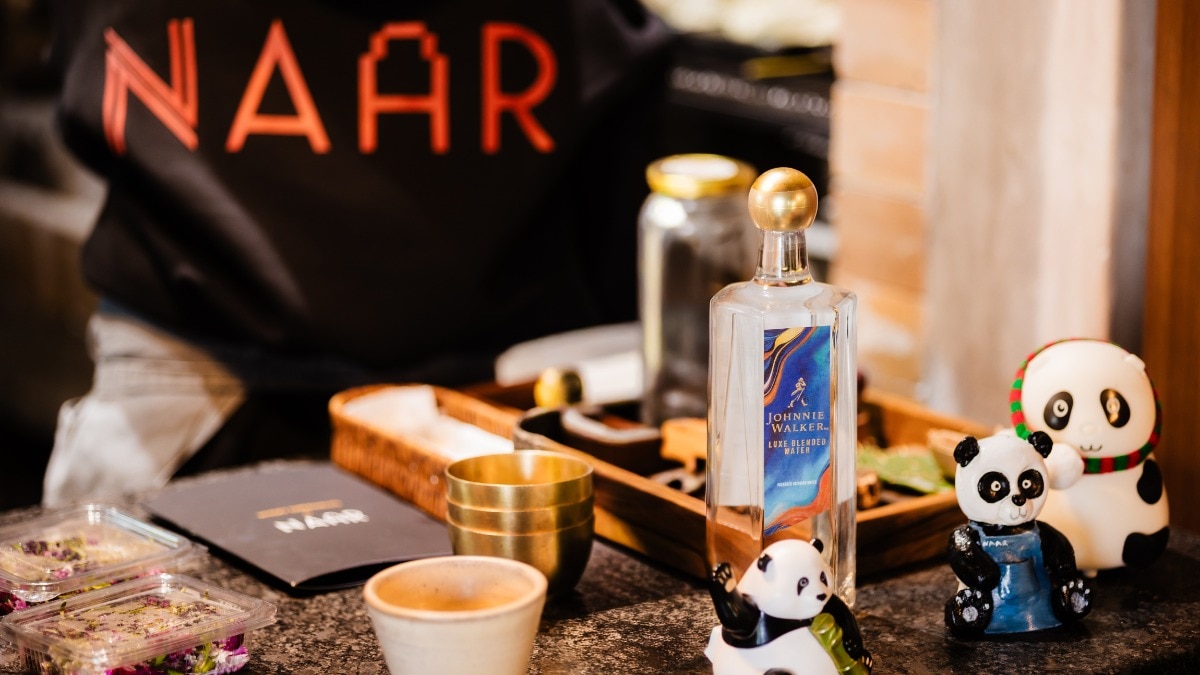Meet the homegrown designers—Anurag Gupta to Rkive—shaping post-apocalyptic style
They are designing for the end of the world.

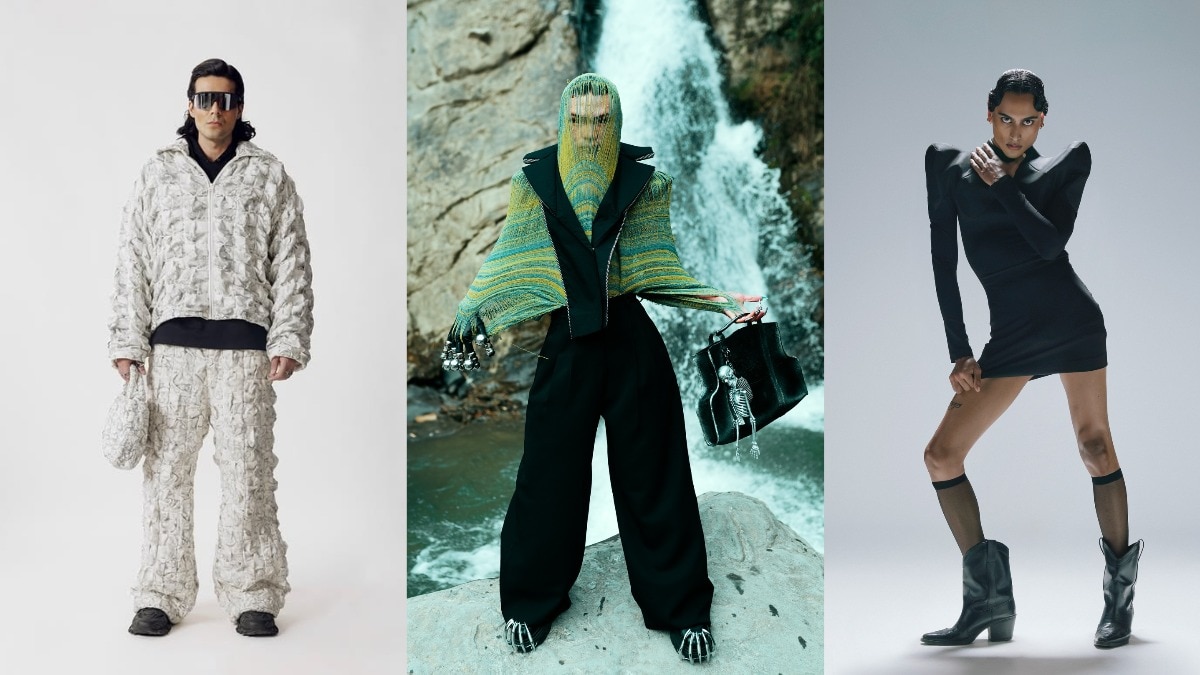
Fashion has always mirrored society. Climate reports flash across our feeds, digital fatigue weighs heavily, and conversations about collapse, whether ecological, social, or political, no longer feel far-fetched. It’s no wonder, then, that fashion is beginning to echo those anxieties. What we’re seeing is clothing that feels protective, layered, and raw, but also unconventional and experimental—garments that carry the quiet question: what do we wear when everything feels unsteady?
The post-apocalyptic aesthetic has moved from science fiction movies into our wardrobes. Oversized hoods, tactical belts, distressed fabrics, and silhouettes that cocoon rather than reveal—these pieces bring the drama we crave and feel like armour at the same time. In a way, they reflect the instinct we all recognise: to shield ourselves, to prepare, to endure. Fashion, after all, has always been about more than dressing.
Here in India, designers and brands are taking that idea and giving it a language of their own.
Bloni
Bloni channels eco-futurism through metallic sheens and upcycled materials, creating pieces that look fragile and fierce all at once. Founded in 2017 by Akshat Bansal, a Central Saint Martins and NIFT graduate, Bloni champions modern ethical luxury rooted in craft and sustainability. With a philosophy that garments should become extensions of identity, each piece is handcrafted through bespoke processes and mindful techniques. In 2018, the label opened its flagship store in Chattarpur, New Delhi, offering couture, bespoke, and prêt-à-porter lines.
Bazaar's top pick
Bloni explores the intersection of 3D precision and handcrafted sensibility. A striking example is its full aluminium dress from "Metanoia 2025"—sculpted as a vision of clothing for tomorrow.
Anurag Gupta
Anurag Gupta works with raw edges and sculptural forms that seem pulled from a world in flux. He experiments with unusual silhouettes with striking details. Recently showcased at Lakmé Fashion Week, his collection, Metamorphosis, draws from MC Escher’s transformative art and the raw power of the Industrial Revolution. The collection collides geometry, science, and mechanical evolution to create a new visual language. Structure and fluidity merge, blurring the line between the organic and the engineered.
Bazaar's top pick
Anurag Gupta brings heritage into dialogue with innovation. In this piece, Mughal miniature artistry is translated into jacquard knitting and paired with statement bog gloves, creating a fusion that challenges tradition through texture and silhouette.
Outbreak Lab
Outbreak Lab channels a militaristic, street-driven edge, crafting garments that feel equal parts tactical and rebellious. Labelling themselves as a design laboratory dedicated to rethinking product creation, they combine modern technology with traditional practices. Thus, the label develops sustainable solutions that challenge the compromises of industrialisation. Its vision is not to design futuristic garments, but to reimagine the very essence of it.
Bazaar's top pick
Their latest collection explores the tension between fragmentation and belonging, modernity, and memory. Using materials and methods rooted in the past, it quietly gestures toward futures yet to come.
Rkive City
Rkive City thrives on deconstruction and layering, piecing together fragments of clothing into futuristic, lived-in uniforms. The label is led by Ritwik Khanna, who reframes post-consumer waste as the most meaningful raw material, where every seam, patina, and patch carries memory and intent. It operates as a research-driven design house, transforming post-consumer textiles—notably denim—into one-of-a-kind pieces through zero-waste remanufacturing. Rooted in material exploration and circular systems, each garment is reborn as a narrative of heritage, sustainability, and future-ready design.
Bazaar's top pick
Rkive's Spring/Summer 2026 collection, Arkivum: Rkive’s, is a study in repair, weight, and wear. In this picture, indigo-dipped denim, beeswaxed duck canvas, block-printed shirts, aged workwear, and back-hand zardozi come together as an archive of resilience, where every material bears the imprint of time and transformation.
HSHTG
HSHTG merges techwear precision with urban grit, designing pieces that feel engineered for those who do not conform. Most recently, HSHTG showcased at the AYC Festival in Mumbai, bringing its techwear-inspired silhouettes to a charged, youth-driven stage. The presentation reinforced the label’s place at the intersection of street energy and futuristic design.
Bazaar's top pick
Among HSHTG's standout pieces is the Messy Saree, where traditional drapery meets tech-inspired surface play. The black saree’s iridescent, thread-like detailing disrupts convention, making heritage feel distinctly futuristic.
What’s striking is how personal this all feels. Post-apocalyptic fashion is more about finding beauty in unlikely places. A frayed hem becomes a story of endurance. A layered jacket feels like protection. Even a distressed fabric holds intimacy, as if carrying the memory of survival. These clothes tap into the tension we’re all navigating: the chaos outside, and the resilience we hold within.
Perhaps that’s why this is more than just an aesthetic. It's a commentary through costume on who we are and how we’re adapting. To dress for the end of the world is, strangely enough, a way of reminding ourselves that we’re still here. And in fashion’s hands, survival isn't surrendering; it's creation and expression even at the edge of collapse.
Lead image: The brands
Also read: From couture comebacks to superhero streetwear—The biggest fashion headlines you don’t want to miss
Also read: India’s sneaker scene: Best stores, rare drops, and streetwear hotspots to know


